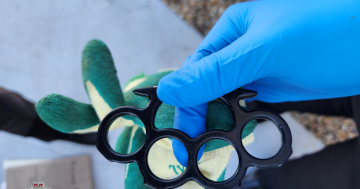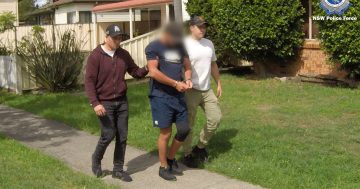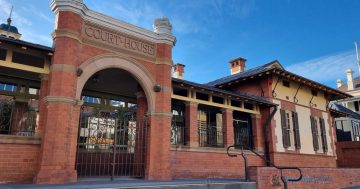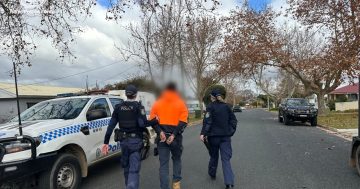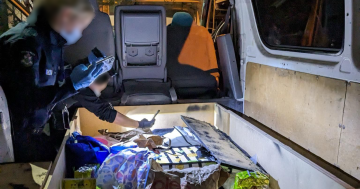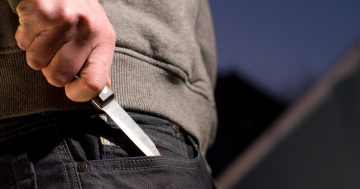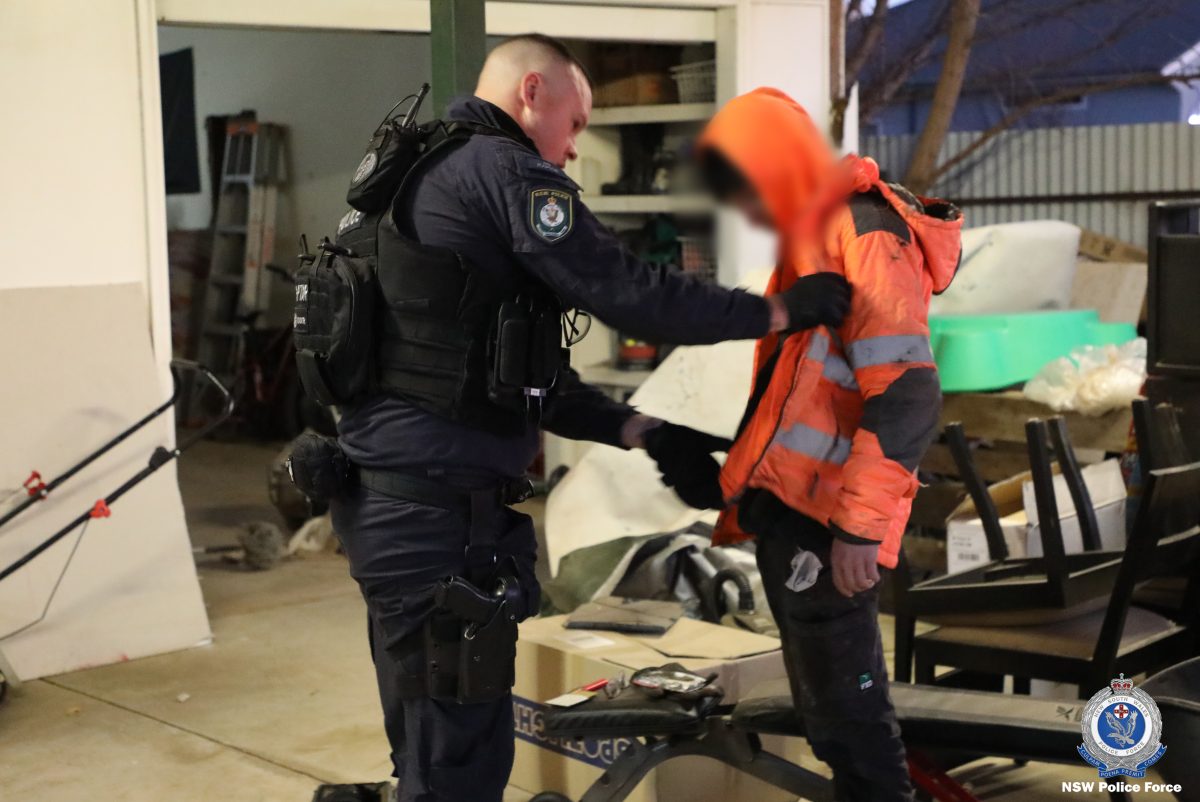
Police searches are more common in Wagga, Wollongong and the South Coast compared to the rest of the state. Photos: NSW Police.
Wagga, Hilltops, Eurobodalla, Shoalhaven and Wollongong have higher than average rates of police strip searches, while the latter two areas are also subject to more taser deployments than most other NSW localities.
The NSW Bureau of Crime Statistics and Research (BOSCAR) has published an online dashboard that provides data on policing activity in each local government area in the state – such as police vehicle, person and strip searches, taser deployments, bail compliance checks and move-on directions.
Wagga and Eurobodalla were coded red for total police searches, indicating they exhibited among the highest numbers in the state.
In the 12 months to June, 1788 people in Wagga and 971 people in Eurobodalla were searched by police.
Hornsby, in Sydney, for example, has more than three times the population than Eurobodalla but had fewer people (739) searched by police over the past year.
Regarding the subcategory of strip searches, Wagga (30), Eurobodalla (21), Shoalhaven (18) and Griffith (7) had a much higher incidence over the past year compared to the statewide average.
The number of people tasered by police in Wollongong (45) and Shoalhaven (33) put these areas in the red zone for this category of police activity. By contrast, there was nobody in Kiama tasered this past year.
BOSCAR executive director Jackie Fitzgerald said there could be many factors driving the high levels of policing in Wagga, Wollongong and along the South Coast.
“It could be that police are reacting to legitimate crime concerns or might be a mechanism by which police are engaging in pro-active policing trying to pre-empt crime,” she said.

The number of police searches in NSW has dropped steadily. Photo: BOSCAR.
Overall, the number of police searches in NSW has steadily declined over the past five years.
“It would surprise people that police activity is going down. I think police searches were interrupted by COVID, but the pandemic is receding into the past and the volume of searches is lower now than it was before COVID,” Ms Fitzgerald said.
“I don’t think the search behaviour is a response to crime rates. It’s more likely to be an organisational direction.”
Ms Fitzgerald said BOSCAR’s new public dashboard was a win for transparency.
“In NSW, there was the shocking case last year of [95-year-old] Clare Nowland who was tasered in Cooma; it became apparent that we had no public observation of the number of times police were using their tasers; there’s an accountability mechanism in making this information to the public,” she said.
“By surfacing the data in the public dashboard, we’re hoping it gives people information about whether the level of police surveillance is appropriate for a particular community.
“This is also a tool for the public and people concerned with the [alleged] over-policing of Aboriginal people and those concerned about vulnerable people subject to police activity, like young people.”
The BOSCAR data shows the extent to which Indigenous people receive more attention from police than the general population.
“Aboriginal people make up 3 per cent of the total population in NSW, but were making up 20 per cent of searches and 26 per cent of taser deployment,” Ms Fitzgerald said.
The BOSCAR executive director says these data alone are not evidence that police are unfairly targeting Indigenous people, but can help researchers who want to dig deeper to understand more about policing and crime trends.
The NSW Policing Activity tool data can be found on the BOSCAR website.







